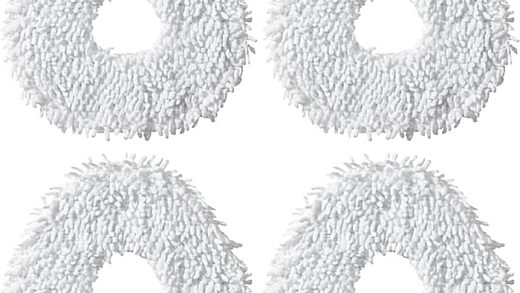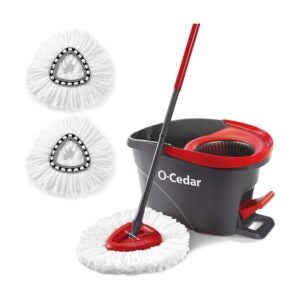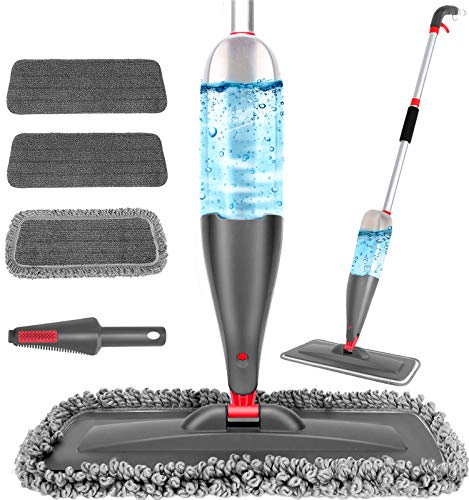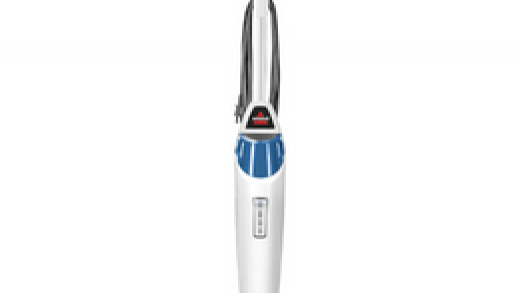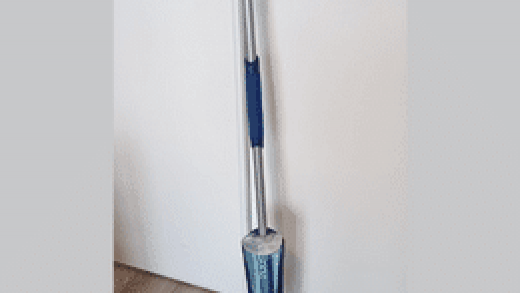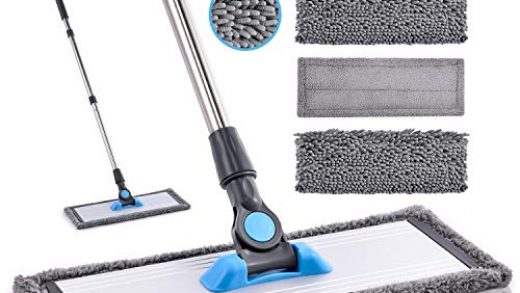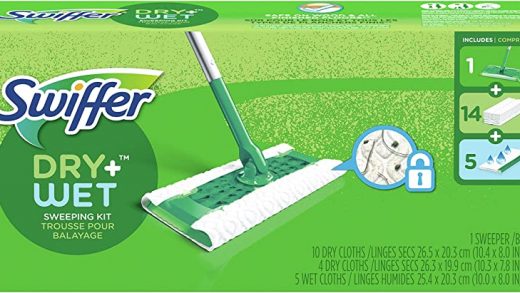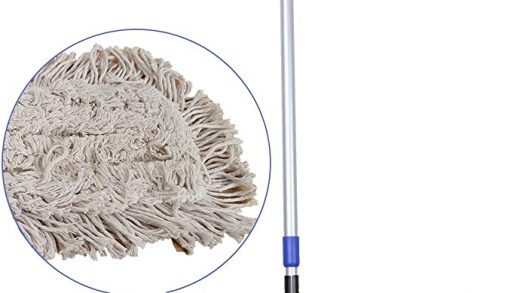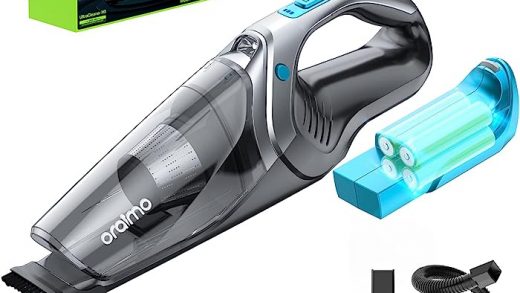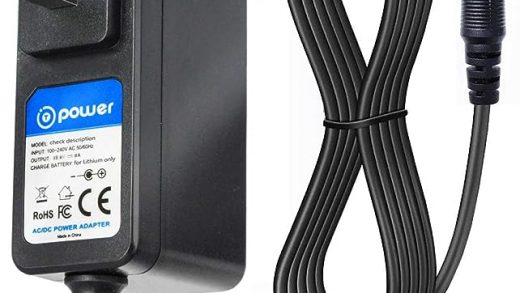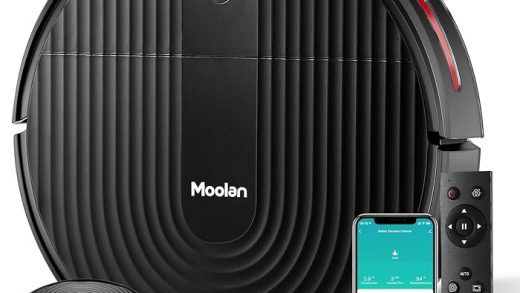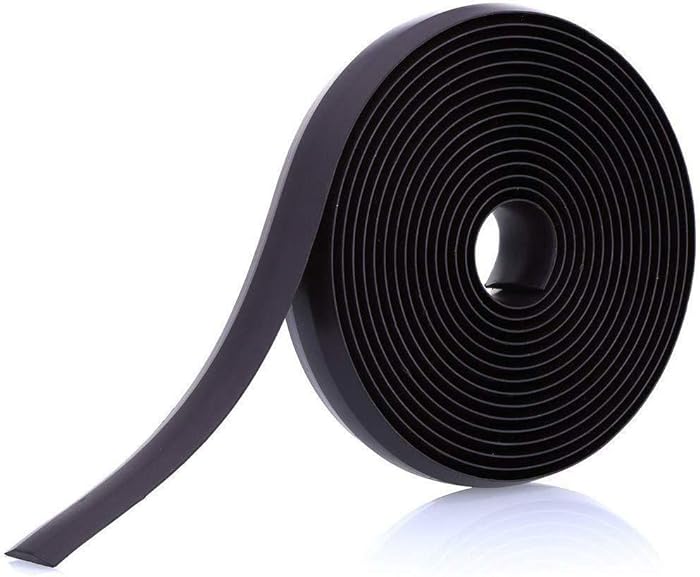
Robot vacuums rely on an array of sensors and markers to navigate spaces. Among the leaders in the market, Shark ION and Neato have distinct approaches to boundary marking.
Shark ION: This brand uses BotBoundary strips. These are magnetic strips that you can place on the floor. The Shark ION robot recognises these strips and avoids crossing them, ensuring it stays within specified areas.
Neato: Neato vacuums utilise No-Go Lines. Through their app, users can draw lines on the map of their home. The Neato robot will then recognise these lines and refrain from crossing them during cleaning.
Robot AI Markers: Apart from these specific brands, many AI robot vacuums have evolved to use optical and infrared sensors. These sensors help in identifying virtual boundaries or obstacles, making them less reliant on physical markers.
The integration of these markers and sensors ensures the robot vacuums do their job efficiently without wandering into areas they’re not supposed to.
**Q**: How do Shark ION vacuums identify boundaries?**A**: Shark ION uses BotBoundary strips, which are magnetic strips placed on the floor. The vacuum recognises these and avoids crossing them.
Q: What method does Neato employ for boundaries?
A: Neato vacuums use No-Go Lines. Users can set these boundaries through the Neato app by drawing lines on a map of their home.
Q: Are AI robot vacuums moving away from physical markers?
A: Yes, many modern AI robot vacuums now use optical and infrared sensors to identify virtual boundaries or obstacles, reducing their dependence on physical markers.
